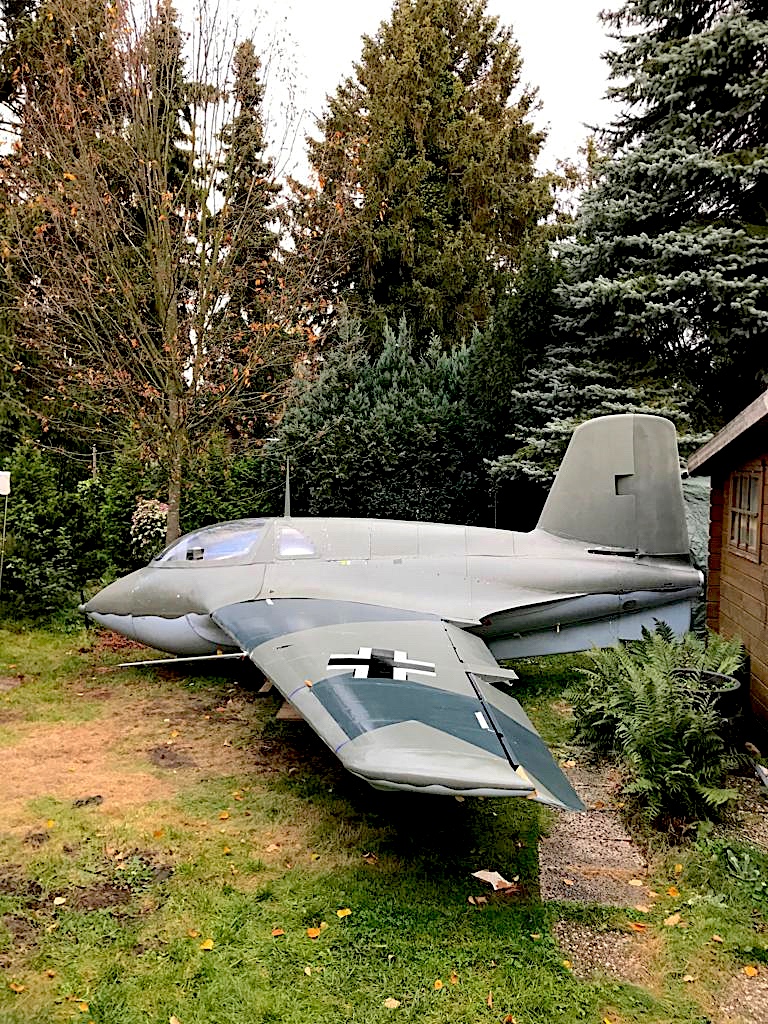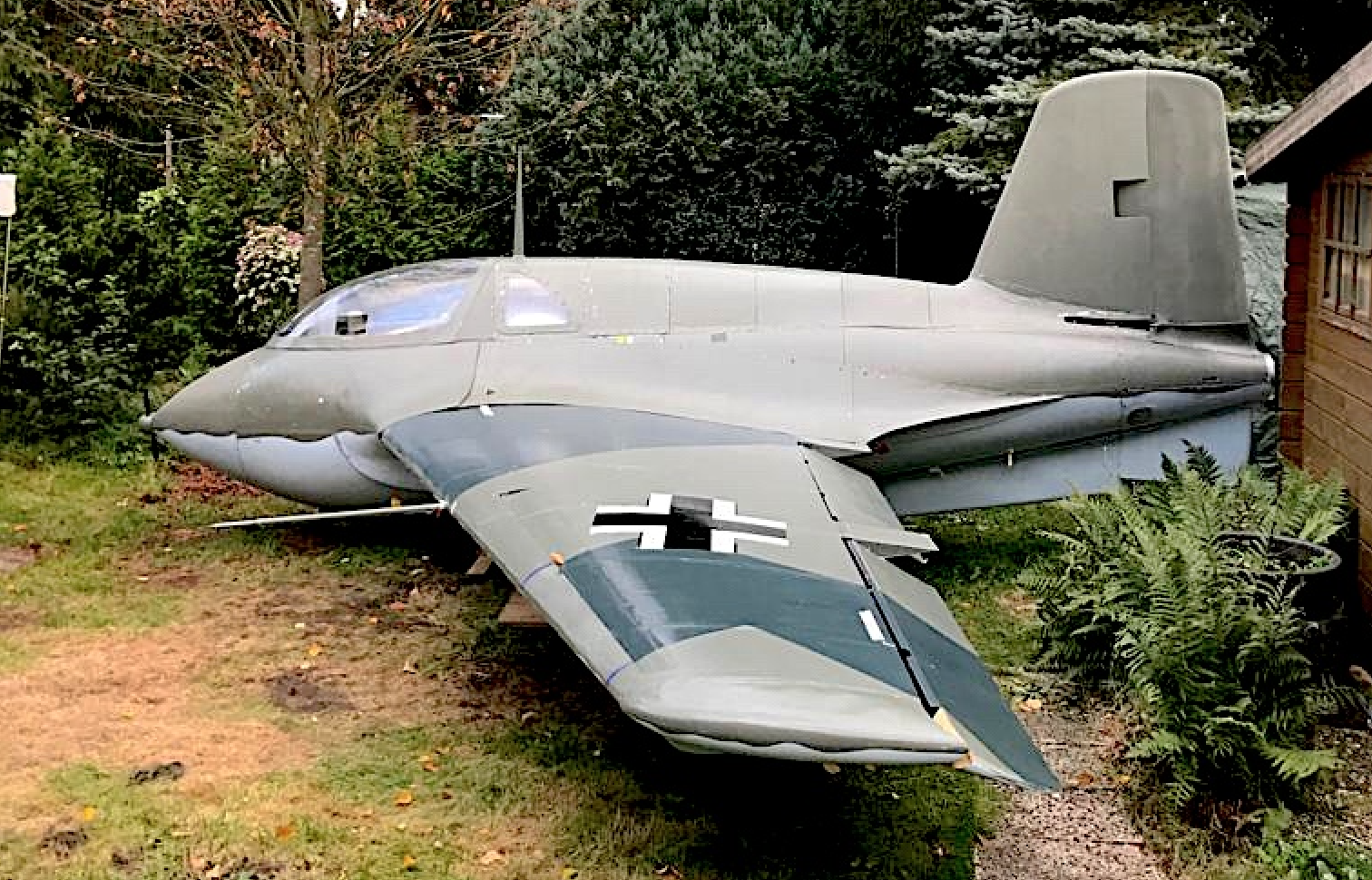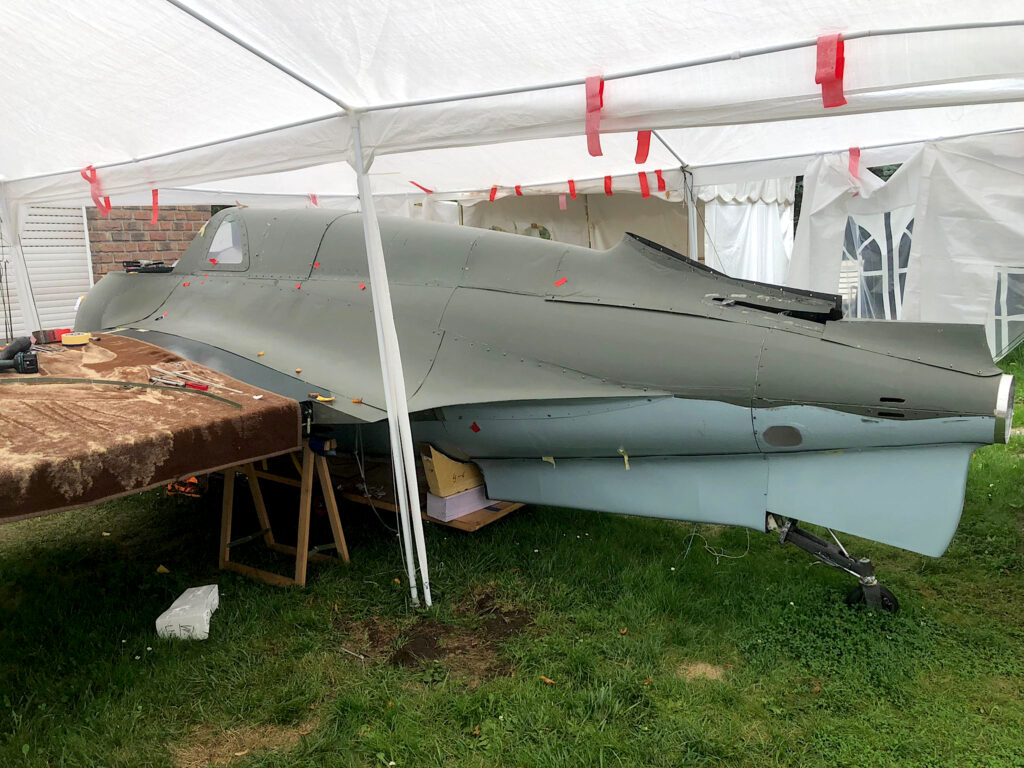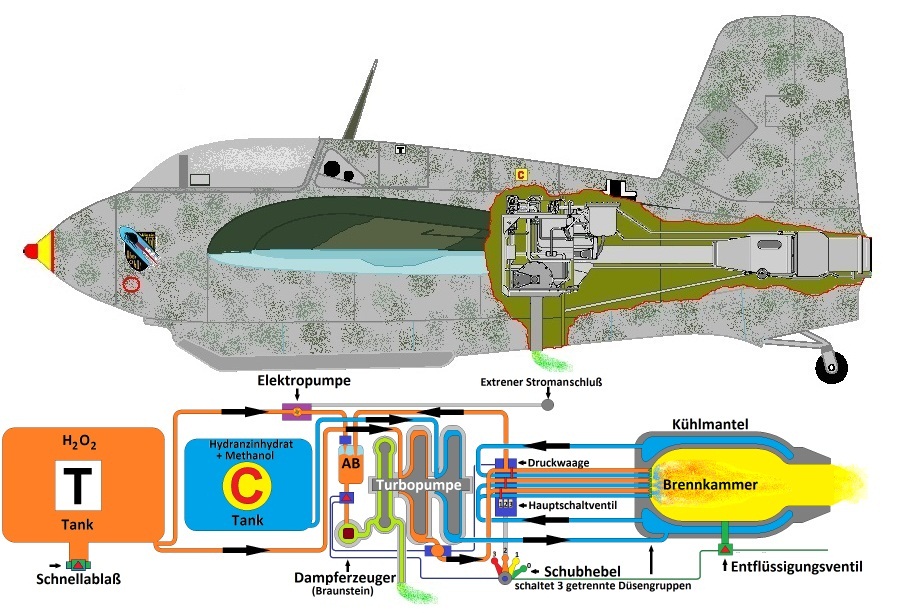As reported by Klassiker der Luftfahrt, the leading German aviation magazine, an ambitious project has been conducted in Germany for the last few years. Heinz-Dieter Sippel has been working on building a flying, powered replica of the Messerschmitt Me 163 Komet and plans to unveil it at 2024 AERO Friedrichshafen, Europe’s most important trade show for general aviation which will take place in April on the shores of Lake Constance at the Friedrichshafen exhibition center right next to Friedrichshafen Airport, Germany.

The Messerschmitt Me 163 was intended to counter the overwhelming flow of bombers against Germany’s cities. It was the first aircraft to break the magic barrier of 1,000 km/h – and in doing so became the fastest aircraft in WWII. The Messerschmitt Me 163 Komet, designed by Alexander Lippisch, was one of the most spectacular aircraft to appear in the German skies before 1945. The radical interceptor with a rocket engine was denied great success but it still became famous.
The new 1:1 scale replica is the work of Heinz-Dieter Sippel. After years of work, he built his Me 163B entirely from composite materials in a lightweight sandwich construction. Sippel received support from the German Society for the Preservation of Historic Aircraft and the company Silence Aircraft.
Like the original, the replica measures 5.99 meters from nose to tail and the wingspan is 9.3 meters. However, the weight of the real Komet, which was 4.3 tons, was far more than Sippel’s Me 163B. The replica should weigh only 240 kilograms. The speed also seems quite comfortable at around 140 km/h. A JetCat turbine type P1000-Pro with a kilonewton of thrust provides propulsion. It is powered by kerosene (Jet A-1), diesel, or petroleum. The start is either in F-tow or self-start.









![Powered Replica Me 163 Komet to Fly in Germany 11 Me 163B Werknummer 191907 is part of the collection of the Australian War Memorial in Canberra. [Photo by James Kightly]](https://vintageaviationnews.com/wp-content/uploads/AWM-Komet-James-Kightly-1024x731.jpg)
![Powered Replica Me 163 Komet to Fly in Germany 12 The Me 163 glider replica being towed for takeoff at the 2009 airshow at La Ferté-Alais, France. [Photo via Wikipedia]](https://vintageaviationnews.com/wp-content/uploads/Messerschmitt_Me_163_Komet_flying-1024x683.jpg)



![Just Over Two Weeks to Go Until Warbirds Over Wanaka 2024 15 Another crowd favourite, the Grumman TBM-3E Avenger "Plonky", getting near the end of some major engineering work in time for Wanaka. [Photo via Warbirds Over Wanaka]](https://vintageaviationnews.com/wp-content/uploads/20240307-Avenger-via-Warbirds-Over-Wanaka-150x150.jpg)
![Restoration Outlook for 2024 at Newark Air Museum 16 Avro Vulcan XM594 continues to receive attention for structural repairs and ongoing maintenance. [Photo by Howard Heeley, Down To Earth Promotions]](https://vintageaviationnews.com/wp-content/uploads/02.03.24-DTEP_Vulcan-XM594_7430-150x150.jpg)












